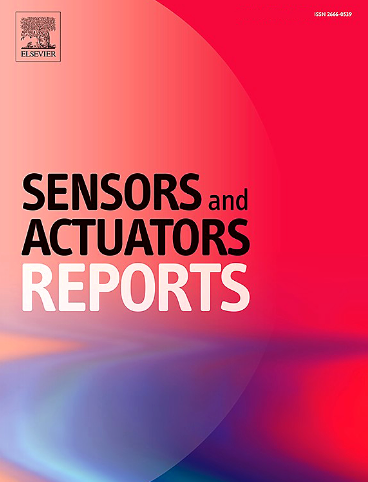Resistive pulse sensing of pre-nucleation activities during single-entity lysozyme crystallization on single nanopipettes
IF 6.5
Q1 BIOTECHNOLOGY & APPLIED MICROBIOLOGY
引用次数: 0
Abstract
The formation of cluster aggregates in a (super)saturated solution prior to protein nucleation is crucial to overcoming the thermodynamic energy barrier which enables further growth of single crystals. This process is important for single crystal growth, separation and energy conversion among other important applications. For structural determination of biomacromolecules, neutron crystallography holds unique advantages in resolving hydrogen/proton over other structure determination techniques but faces technical obstacles in requiring large high-quality single crystals and preferentially hydrogen-deuterium exchanges. Herein, we explore protein nucleation in heavy water (D2O) via nanopore-based resistive pulse sensing, with lysozyme as prototype. By controlling localized supersaturation and phase transition at a nanopore through adjusting the potential waveform, a single protein crystal can be grown. Our focus is on understanding the translocation and/or transformation of protein aggregates through nanopores prior to the irreversible nucleation. As expected, higher protein concentrations tend to facilitate nucleation and growth of a single protein crystal with higher supersaturation, consistent with bulk experiments. At lower protein concentrations, individual current spikes are resolved as characteristic single-entity events in resistive pulse sensing. Those transient events are potential-dependent characterized by the peak amplitude, duration and area/charges. Statistical analysis reveals both translocation of protein oligomers and their transformation or further aggregation. This study represents the first step toward elucidating valuable insights into the dynamics of protein translocation and aggregation in heavy water and demonstrates the potential of using nanopores in the detection and characterization of dynamic phase transitions at single-event levels.

单纳米吸管上单实体溶菌酶结晶过程中预成核活性的电阻脉冲传感
在蛋白质成核之前,在(超)饱和溶液中形成团簇聚集体对于克服使单晶进一步生长的热力学能垒至关重要。这一过程对于单晶生长、分离和能量转换等重要应用具有重要意义。对于生物大分子的结构测定,中子晶体学在分辨氢/质子方面比其他结构测定技术具有独特的优势,但在需要大质量单晶和优先进行氢-氘交换方面存在技术障碍。在此,我们以溶菌酶为原型,通过纳米孔电阻脉冲传感技术探索蛋白质在重水(D2O)中的成核。通过调节电位波形来控制纳米孔的局部过饱和和相变,可以生长出单晶蛋白。我们的重点是了解蛋白质聚集体在不可逆成核之前通过纳米孔的易位和/或转化。正如预期的那样,较高的蛋白质浓度倾向于促进具有较高过饱和的单个蛋白质晶体的成核和生长,这与体实验一致。在较低的蛋白质浓度下,单个电流峰值在电阻脉冲传感中被分解为特征的单一实体事件。这些瞬态事件是电位依赖的,其特征是峰值振幅、持续时间和面积/电荷。统计分析揭示了蛋白质低聚物的易位及其转化或进一步聚集。这项研究代表了阐明重水中蛋白质转运和聚集动力学的有价值见解的第一步,并展示了在单事件水平上使用纳米孔检测和表征动态相变的潜力。
本文章由计算机程序翻译,如有差异,请以英文原文为准。
求助全文
约1分钟内获得全文
求助全文
来源期刊

Sensors and Actuators Reports
Multiple-
CiteScore
9.60
自引率
0.00%
发文量
60
审稿时长
49 days
期刊介绍:
Sensors and Actuators Reports is a peer-reviewed open access journal launched out from the Sensors and Actuators journal family. Sensors and Actuators Reports is dedicated to publishing new and original works in the field of all type of sensors and actuators, including bio-, chemical-, physical-, and nano- sensors and actuators, which demonstrates significant progress beyond the current state of the art. The journal regularly publishes original research papers, reviews, and short communications.
For research papers and short communications, the journal aims to publish the new and original work supported by experimental results and as such purely theoretical works are not accepted.
 求助内容:
求助内容: 应助结果提醒方式:
应助结果提醒方式:


